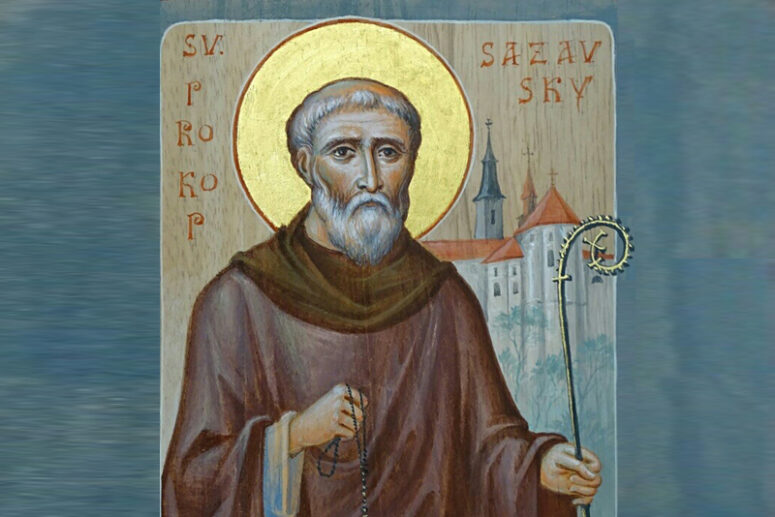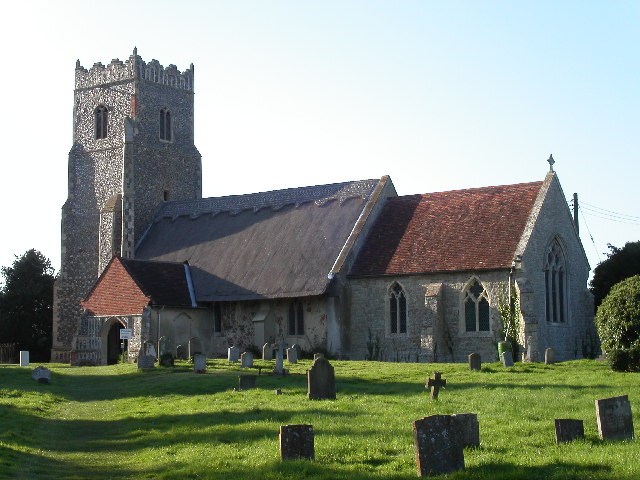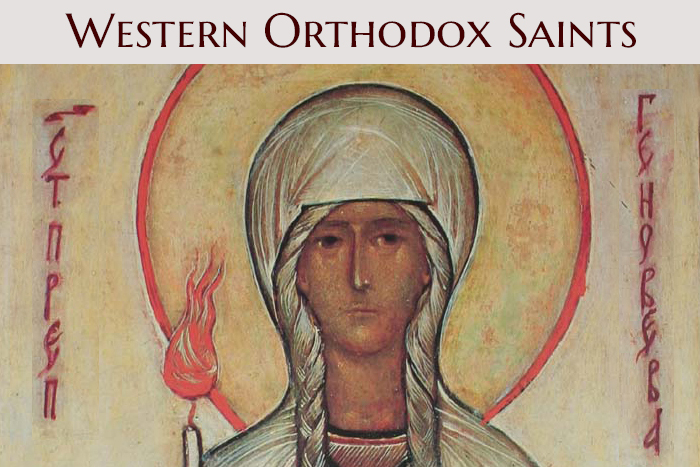
On September 29 by old calendar Russian Orthodox Church celebrates the memory of the Venerable Procopius, hegumen of Sazava, a saint of the ancient Church in the Czech lands. What do we know about this saint?
Procopius was born around 970 in the village of Kourzhim into a family of petty nobles who lived in one of the fortresses belonging to a noble family of landowners. He was a Bohemian Czech by nationality and received a good education in Vyšehrad, the historical center of Prague. Procopius was married and had a son. Following his ordination as a diocesan priest in Prague, he became one of the canons in Vyšehrad serving in the church of St. Clement and leading a strict and godly life. Later, inspired by the powerful movement of Benedictine monasticism spreading throughout Europe, Procopius left family life and settled in Břevnov Monastery, the first Benedictine abbey in Prague, founded in 993.
Hermitage
Some time later, Procopius asked his superior for permission to leave the monastic community and begin an even stricter life as a hermit. The saint chose a small cave in the woods for his solitary life. It was located on the banks of the Sazava River, not far from his native village. He spent his days in prayer and contemplation, remembering at the same time the golden Benedictine rule, “Ora et labora” (pray and labor). Procopius devoted much time to physical labor uprooting the forest to create a plot of arable land. At this point in time, some versions of his hagiography cite a legend describing the saint overthrowing a daemon by the power of God and forcing him to plough the land with the help of a cross. As it often happens, the holy life of an ascetic began to attract those seeking solitude. Gradually a small community of monks began to form around Procopius. Around 1009, he built a small church in honor of the Mother of God and St John the Baptist in a place which is currently a tiny Czech town whose modern name can be translated as “black houses”, apparently due to the fact that monks lived there.
The language of divine service
Vyšehrad, where the future saint studied, was the administrative and ecclesiastical center of Bohemia, home of a strong Slavonic school. Christianity was actively spreading in Bohemia as early as in the end of the ninth century with the Liturgy celebrated in Slavic language, especially after Prince Borivoi was baptised by the Equal to the Apostles St Methodius. However, in the second half of the tenth century, the Bohemian lands in the ecclesiastical sense became subordinate to the Regensburg diocese adherent to the Latin rite. For that reason, the Roman rite began to prevail in the Czech lands over time, with churches serving in Latin despite the fact that it was incomprehensible to the majority of the population. However, some centers remained true to worship in the Slavic language. They were supported by local princes who strove for greater church independence. One of these centers of Slavic literacy was the Sazava monastery with St Procopius as superior.
Last Benedictines of the Byzantine Rite
According to the legend, Procopius once met prince Ulrich, who got lost in the forest, hunting a deer. That encounter put a start to friendship and mutual respect. The prince contributed to the construction of a stone monastery on the site of a monastic settlement. After Prince Ulrich’s death, the Moravian prince Bryachislav also supported Procopius. Sazava monastery flourished, developing as a center of science and art. The Cyrillic part of the famous Reims Gospel manuscript attributed to the pen of St Procopius illustrates that. It is noteworthy, that although the Sazava monastery adhered to the Benedictine Rite, it was strongly influenced by the ideals of the Equal-to-the-Apostles Cyril and Methodius and celebrated divine services according to the Byzantine rite in the Slavic language. Over time this monastery became the last remaining center of Byzantine worship in Bohemia. The monastery served according to the Byzantine rite until 1096, when the Sazavian Benedictines were banished from the monastery, and replaced by monks who served in Latin. It is known that Sazava monastery retained some ties with Kievan Rus. A particle of relics belonging to Sts Boris and Gleb was presented to the Bohemian monks by the Kiev-Pechersk Lavra and kept in one of the abbey’s altar stones.
Procopius died around 1053, predicting his demise to his brethren in three days. The brethren began to venerate St Procopius first in the monastery itself, and then in Hungary, where they were forced to flee, persecuted by secular authorities for serving in the Slavic language. The canonization of St Procopius in the West took place in 1204 under Pope Innocent III, after the Pope had a dream in which St Procopius hit him on the head with his hegumen’s rod. The relics of the Venerable are kept in the Church of All Saints located on the grounds of the Prague Castle. St Procopius of Sazava is revered by the Church of the Czech Lands and Slovakia. In 2017 he was included in the Russian Church calendar.
Translator’s notes:
*Sazava: 1. A town in the Central Bohemian Region of the Czech Republic. 2. A right tributary of the Vltava river in Bohemia (Chech Republic).




